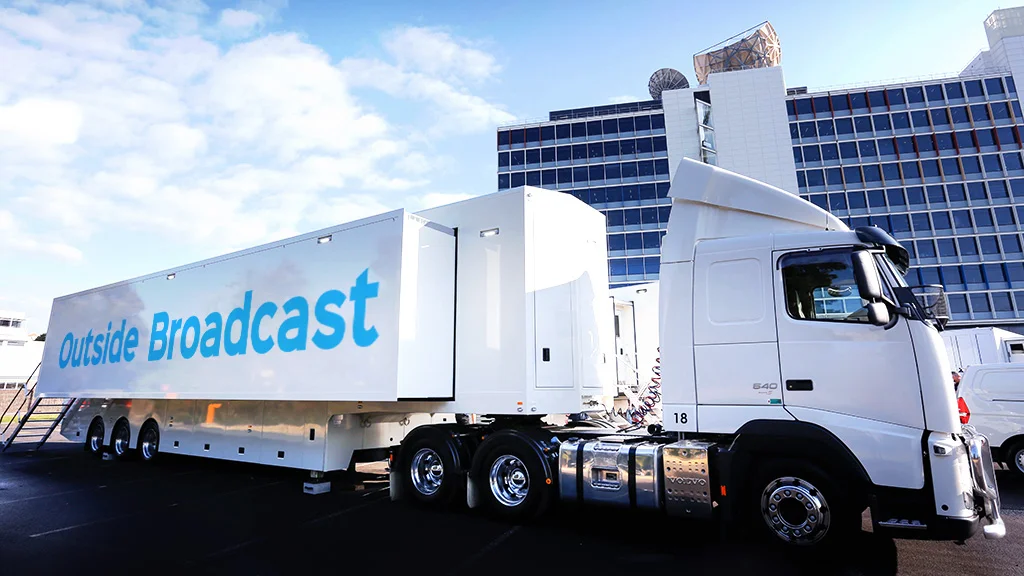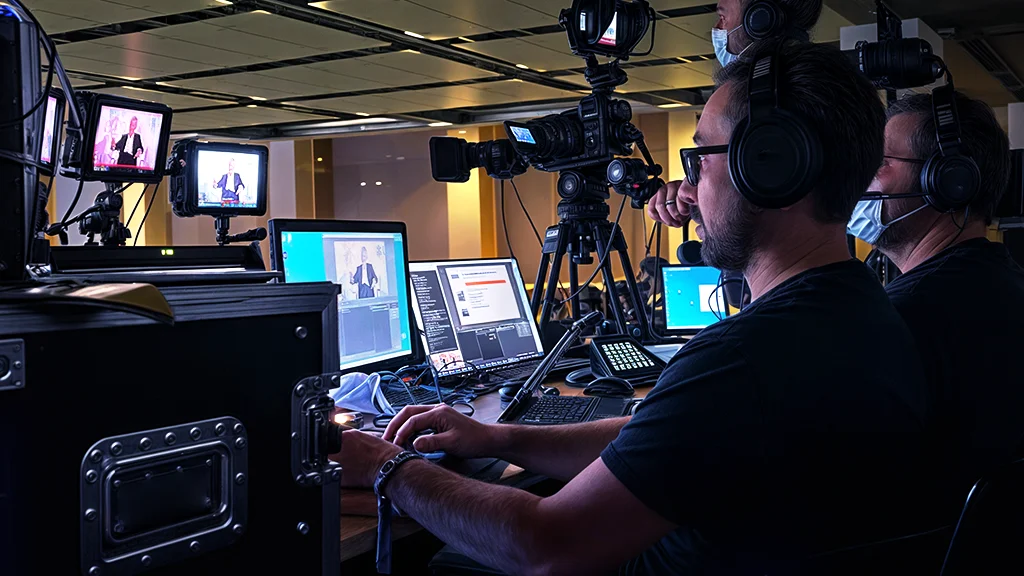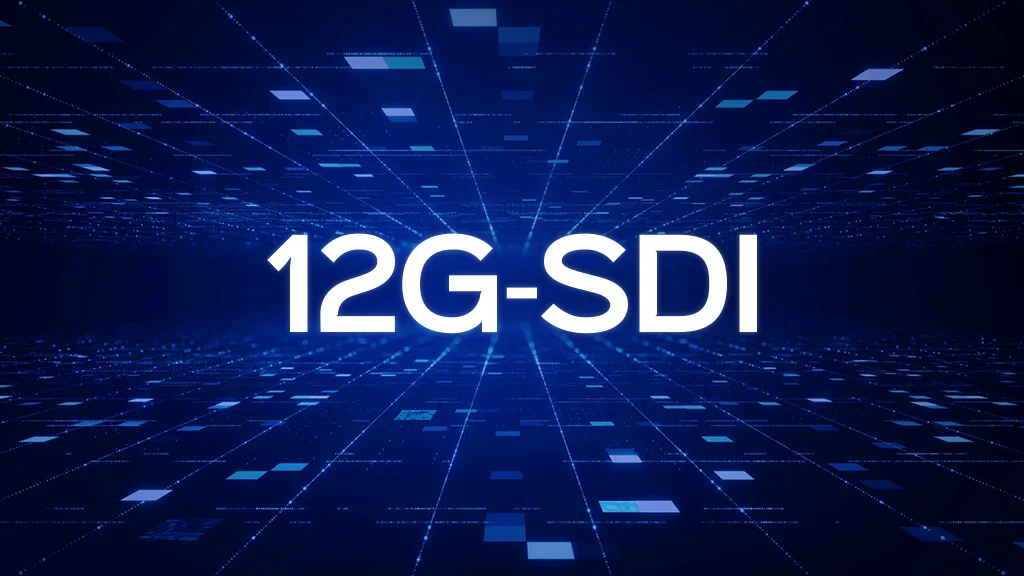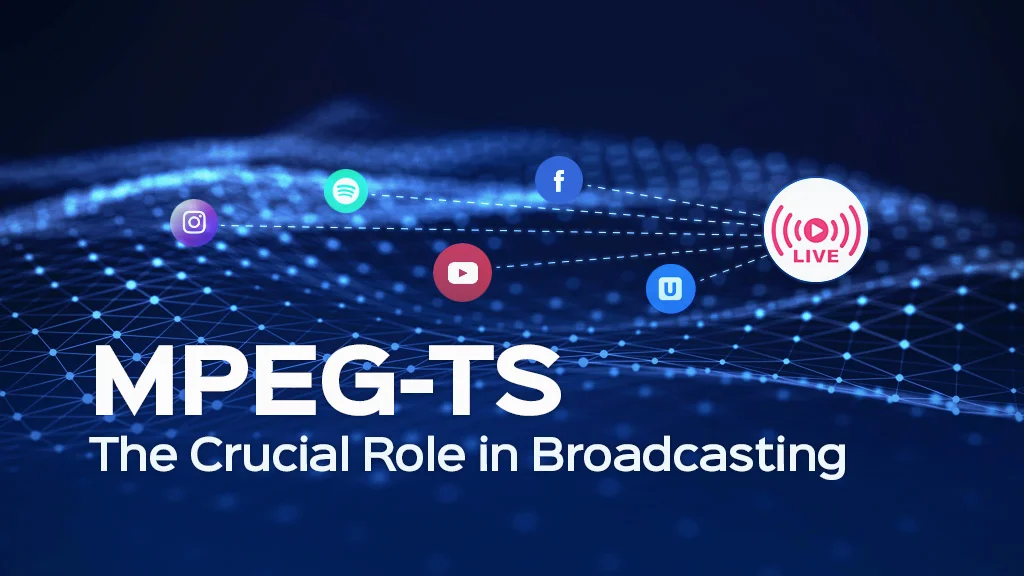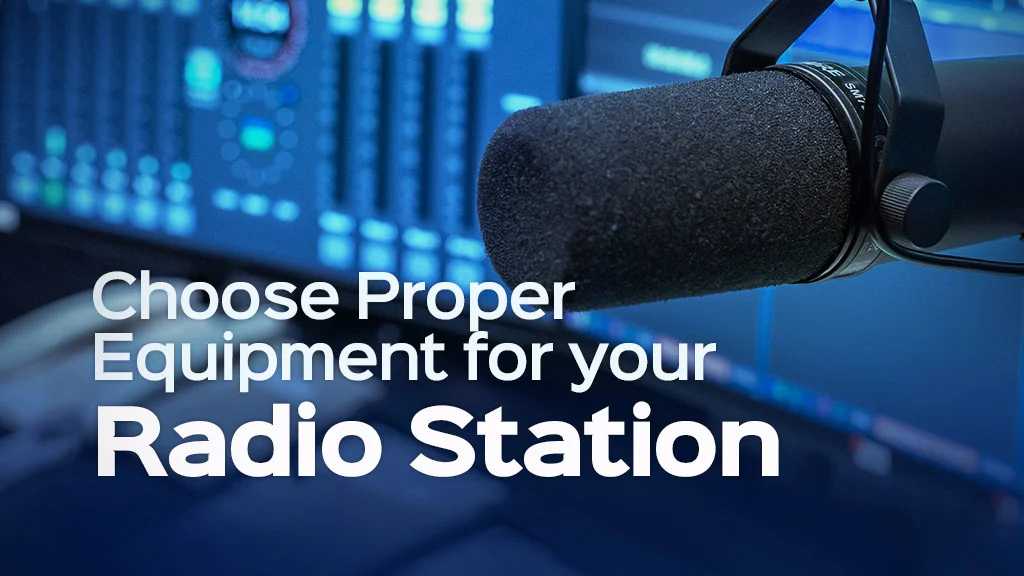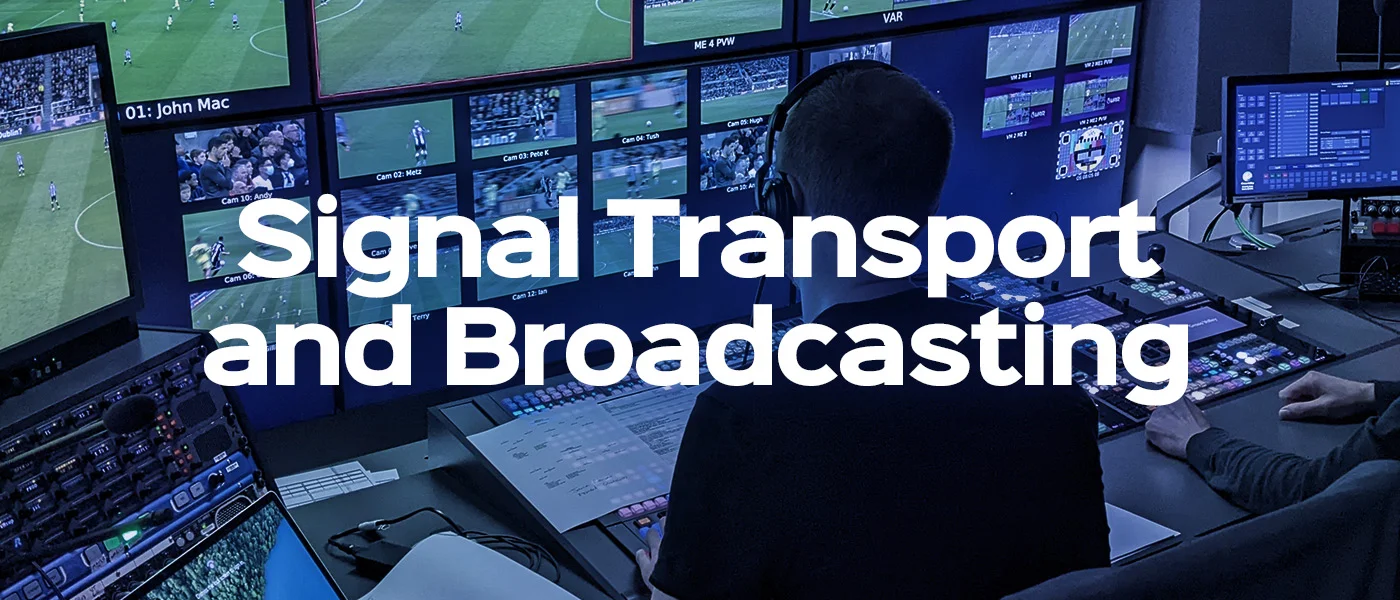
- Article
Signal Transportation in the Broadcast Industry
In recent decades, the broadcast industry has significantly transformed from traditional analog signal broadcast to advanced digital signal broadcast technologies.This shift has led to significant advancements in video signal transmission and audio transport, enhancing signal quality , increased bandwidth efficiency, and the integration of additional data alongside the primary content. This article provides an overview of the critical aspects of signal transportation in the modern broadcast landscape.
Importance of signal contribution in Broadcasting
signal contribution is a crucial aspect of broadcasting as it enables the efficient and reliable delivery of audio and video content from the source to the intended audience. Here are some important aspects of signal contribution in broadcasting
Signal Quality and Integrity
Proper signal contribution techniques help maintain the quality and integrity of the audio and video signals throughout the transmission process.
This is crucial for providing the audience with a high-quality viewing and listening experience and preserving the content’s clarity, resolution, and fidelity.
Reliability and Redundancy
Robust signal transportation systems incorporate redundancy and fail over mechanisms to ensure uninterrupted service in the event of equipment failures or network issues.
This helps maintain the reliability and consistency of the broadcast, reducing the chances of service disruptions or signal loss.
Flexibility and Adaptability
Advancements in signal contribution technologies, such as digital transmission and IP-based protocols, have increased the flexibility and adaptability of broadcasting systems.
This allows broadcasters to easily integrate new technologies, expand their distribution channels, and adapt to changing viewer preferences and consumption patterns.
Cost-effectiveness and Efficiency:
Efficient signal transportation solutions can help broadcasters optimize operational costs, reduce infrastructure investments, and streamline the broadcasting process.
This can contribute to the financial sustainability and competitiveness of broadcasting organizations.
Compliance and Regulations
signal contribution in broadcasting must adhere to various regulatory requirements, such as signal strength, frequency allocation, and technical standards.
Compliance with these regulations ensures the efficient use of the broadcast spectrum and prevents interference with other communication services.
In summary, the importance of signal transportation in broadcasting lies in its ability to maintain signal quality, ensure reliability, provide flexibility, and optimize cost-effectiveness – all of which are essential for delivering high-quality broadcasting services to the audience.
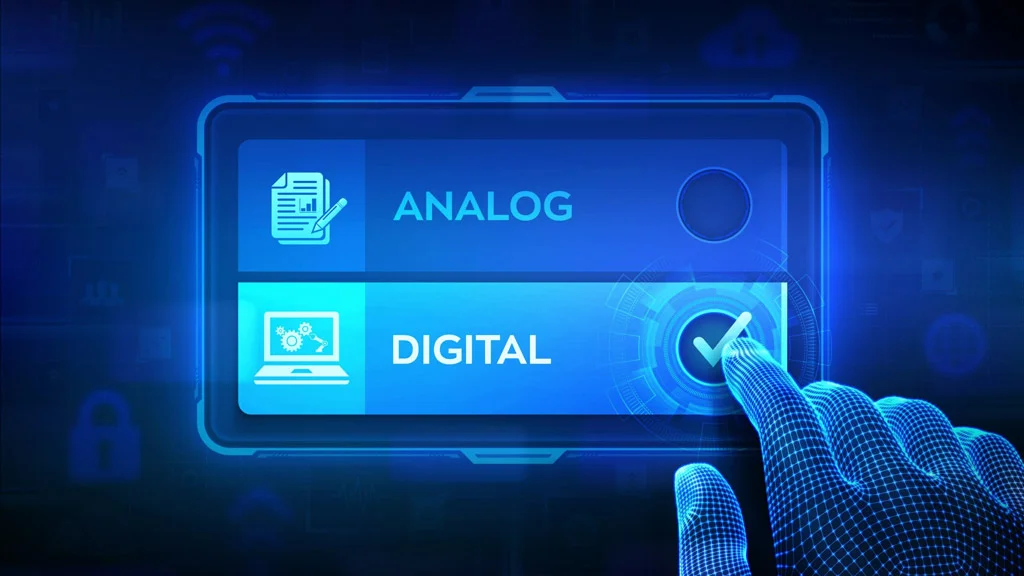
Types of Signals in broadcasting
Analog Signal Transmission
Historically, broadcast signals were transmitted using analog technology. This involved the conversion of audio and video content into electrical signals that could be carried over cables.
Analog transmission methods include composite video, component video, balanced audio connections, and so on. Currently, analog signals are commonly used for monitoring in the broadcast context. For example, analog audio signals are widely used to monitor audio in broadcast environments. These signals can be balanced (using XLR connectors) or unbalanced (using RCA).
Digital Signal Transmission
With the advent of digital technology, broadcast signals are now predominantly transmitted in digital format. Video Digital transmission offers several advantages, such as improved signal quality, increased bandwidth efficiency, and the ability to transmit additional data alongside the primary audio/video content.
Read also :
Fiber Optic Advantages in Broadcast
Technologies for signal contribution
In broadcasting, several established technologies are used for signal transport, each with advantages and applications. Here are some of the key technologies:
broadcast fiber optic transport technologies
Fiber optic cables are widely used for high-bandwidth, long-distance broadcast signal transport.
Fiber optic technology offers high data rates, low signal attenuation, and immunity to electromagnetic interference.
It is commonly used to transport uncompressed, high-quality audio and video signals over long distances.
SDI (Serial Digital Interface) technologies
SDI is a family of digital video interface standards widely used in professional broadcasting.
It supports transporting uncompressed, real-time video and audio signals over coaxial cables.
SDI standards include SD-SDI, HD-SDI, 3G-SDI, 6G-SDI, 12G-SDI, and 24G-SDI, each with increasing data rates and capabilities.
AES/EBU (Audio Engineering Society/European Broadcasting Union) technologies
AES/EBU (Audio Engineering Society/European Broadcasting Union)
AES/EBU is a digital audio interface standard for transporting uncompressed, high-quality audio signals.
It is commonly used to interconnect digital audio equipment in broadcasting, recording studios, and live sound systems.
MADI (Multichannel Audio Digital Interface) technologies
MADI is a digital audio interface standard that enables the transport of multiple channels of uncompressed audio over a single cable.
It is often used to transport multi-channel audio signals in broadcast production and post-production workflows.
IP-Based Transport technologies
Increasingly, broadcasters are adopting IP-based technologies for signal transport, leveraging existing network infrastructure.
Standards like SMPTE ST 2110 and SMPTE ST 2022 enable the transport of uncompressed video, audio, and metadata over IP networks.
This approach offers greater flexibility, scalability, and cost-efficiency than traditional point-to-point transport methods.
The choice of signal transport technology depends on signal quality requirements, distance, bandwidth needs, infrastructure constraints, and cost considerations.
Future of signal contribution in the Broadcast Industry
The future of signal transport in the broadcast industry is expected to be shaped by several key trends and technological advancements. Here are some of the key developments and the potential future of signal transport in broadcasting:
Increased Adoption of IP-based technologies
The transition towards IP-based signal transport will continue to gain momentum in the broadcast industry.
Standards like SMPTE ST 2110 and the evolving NMOS (Networked Media Open Specifications) will further enable the transport of uncompressed audio, video, and metadata over IP networks.
This will provide greater flexibility, scalability, and cost-efficiency in broadcast operations, as well as facilitate the integration of broadcast workflows with IT-based systems.
Increased Adoption of IP-based technologies
The transition towards IP-based signal transport will continue to gain momentum in the broadcast industry.
Standards like SMPTE ST 2110 and the evolving NMOS (Networked Media Open Specifications) will further enable the transport of uncompressed audio, video, and metadata over IP networks.
This will provide greater flexibility, scalability, and cost-efficiency in broadcast operations, as well as facilitate the integration of broadcast workflows with IT-based systems.
5G and Beyond
The deployment of 5G and future wireless network technologies will significantly impact signal transport in broadcasting.
5G’s low latency, high bandwidth, and support for edge computing will enable new use cases, such as remote production, wireless camera systems, and low-latency contribution links.
As 5G networks become more ubiquitous, they will provide a reliable and flexible alternative to traditional wired signal transport methods.
Cloud-Based signal contribution
Cloud-based platforms and services will become more prevalent in signal transport and distribution.
Cloud-based solutions will enable remote access, scalable storage, and dynamic resource allocation, allowing broadcasters to optimize their infrastructure and workflows.
This will also facilitate the integration of cloud-based production tools and content distribution platforms.
As the broadcast industry continues to evolve, the future of signal transport will be driven by the pursuit of greater flexibility, scalability, efficiency, and integration with emerging technologies. Broadcasters must stay abreast of these trends and strategically invest in signal transport solutions that align with their long-term operational and business objectives.

Samim broadcast signal transport solutions
Samim Group is a provider of broadcast signal transport solutions. Our offerings cover a wide range of technologies and services to address the evolving needs of the broadcast industry. Here’s an overview of some Samim’s broadcast signal transport solutions:
Samim’s SDI transport solutions cover the entire range of SDI standards, from SD-SDI to 12G-SDI, providing reliable and high-quality signal transmission over coaxial cables.
Samim offers a range of AES/EBU signal transport solutions, including digital audio interfaces and multiplexers, to facilitate the transport of high-quality, uncompressed audio signals in broadcast environments.
Regarding optical transmission equipment for audio and video content, Samim Group Company provides products in various quality levels up to 3G-SDI, enabling necessary signaling between different points in organizations and urban areas using dedicated fiber or dark fiber solutions. These products include single-channel and dual-channel optical-to-electrical and electrical-to-optical converters, as well as CWDM optical mux demux.
Samim’s SDI to fiber optical converter products feature multiple electrical outputs, eliminating the need for a video signal distributor in many applications. Additionally, these dual-channel converters are equipped with a changeover switch circuit, providing redundancy in content transmission. In case of issues with one of the video inputs or a break in one of the optical fibers, the 2×2 switching function of these converters ensures that the system’s output signals remain uninterrupted.
